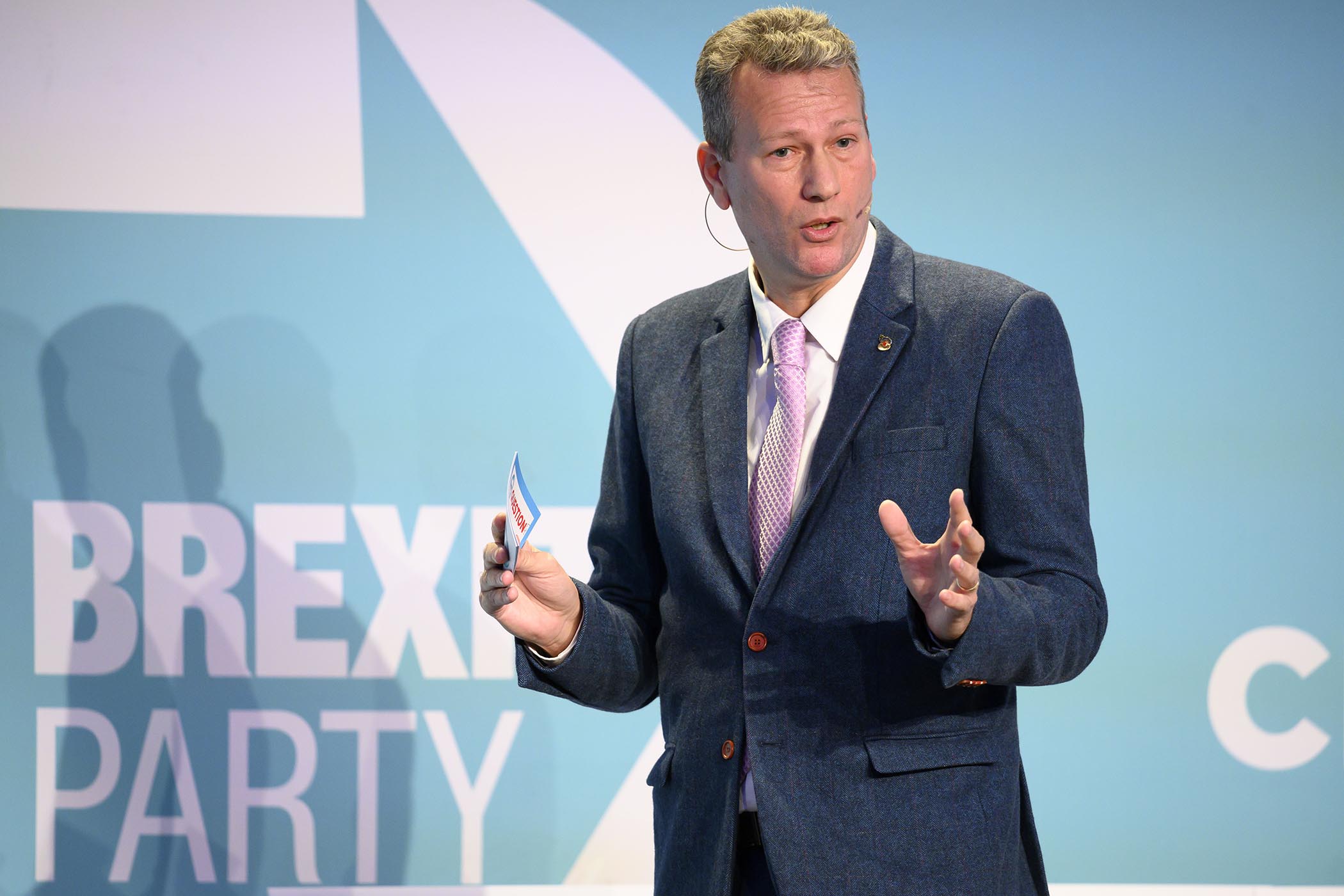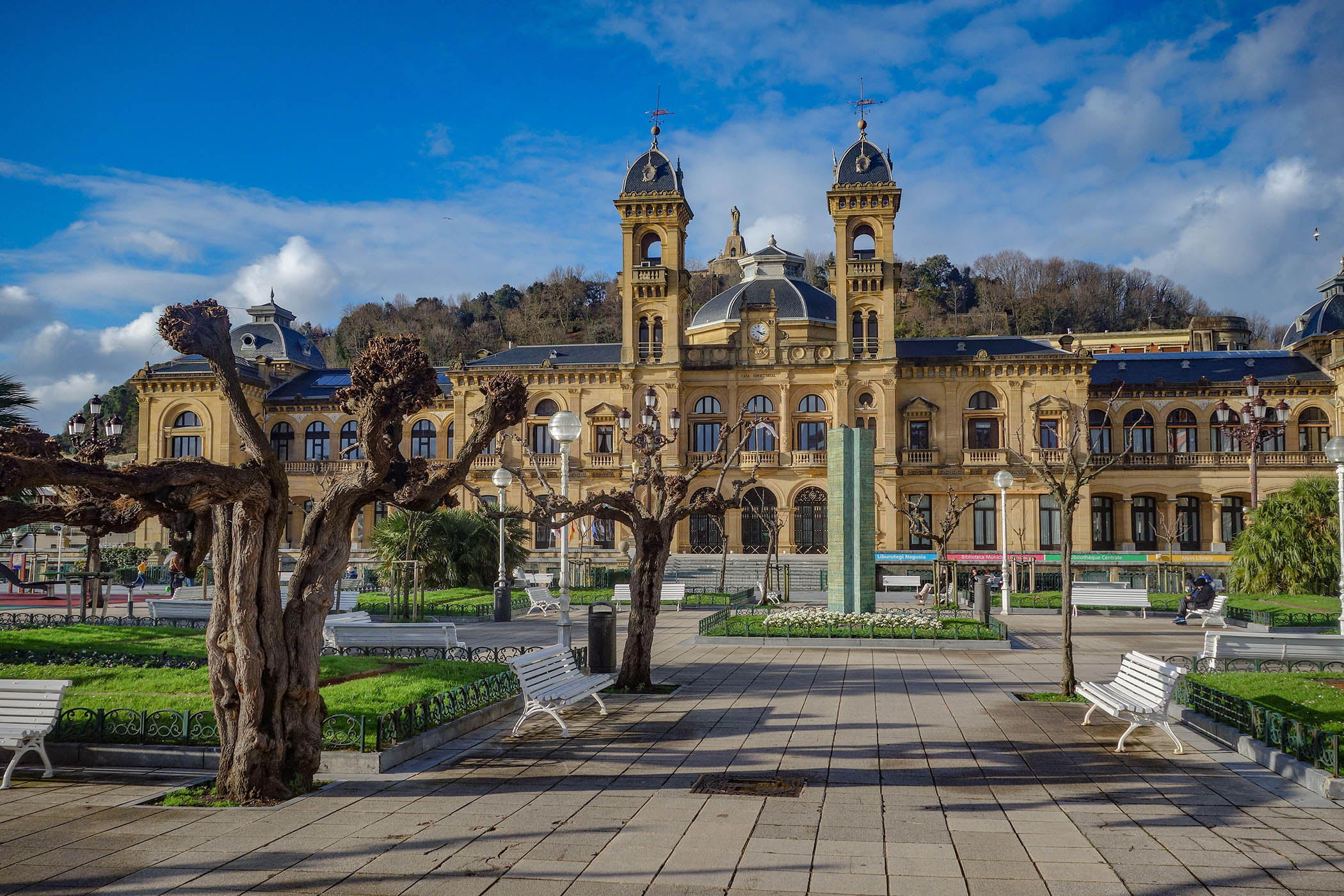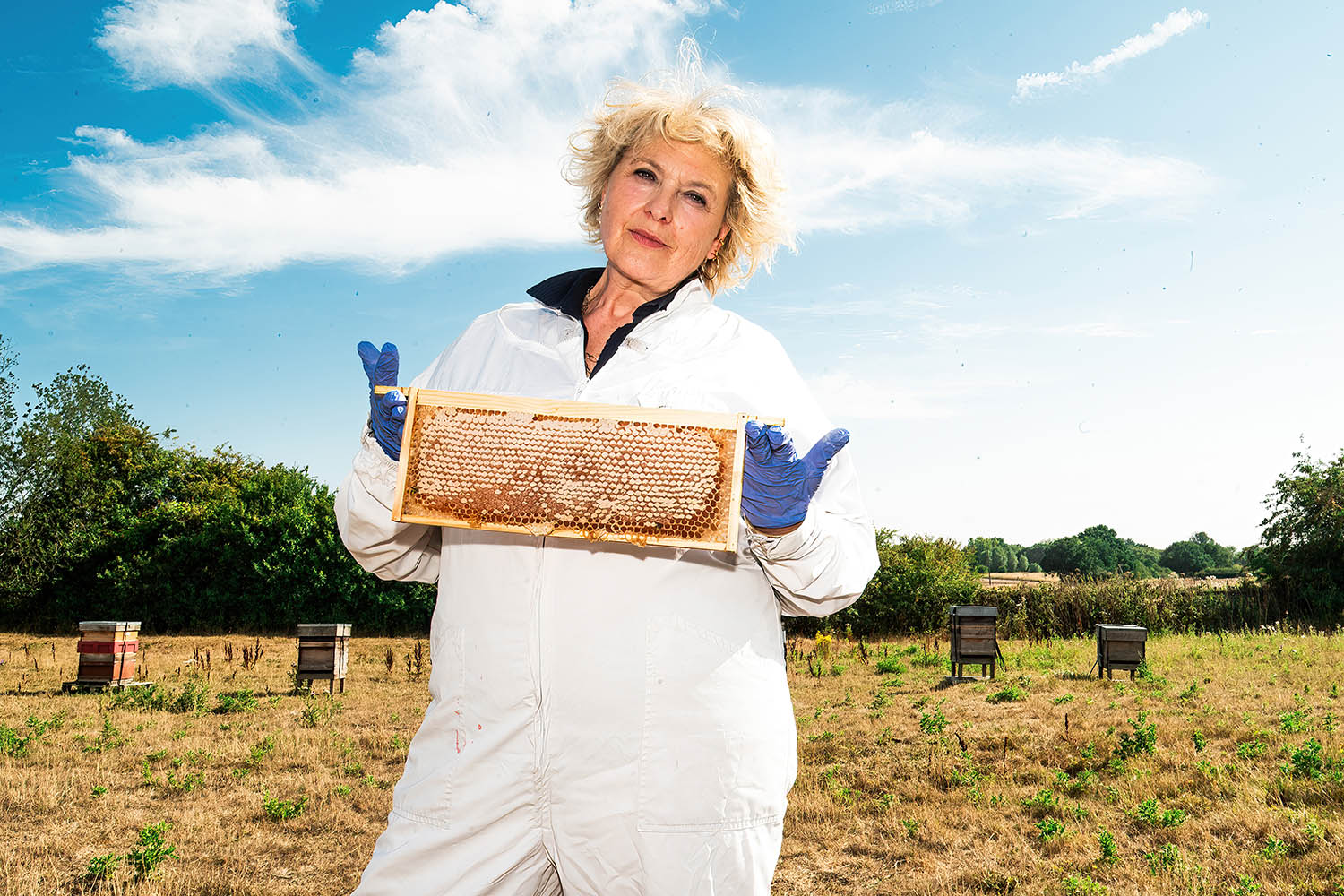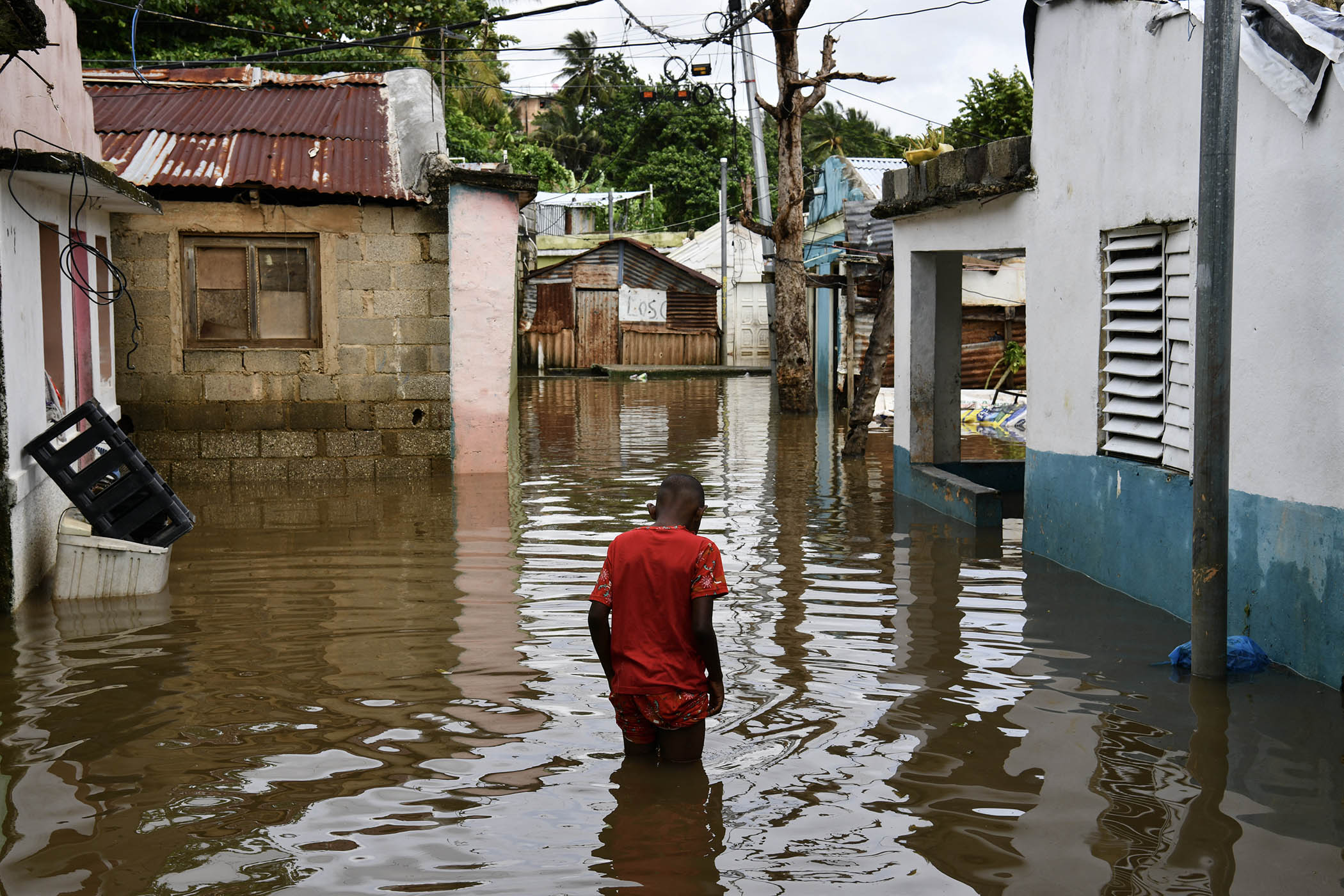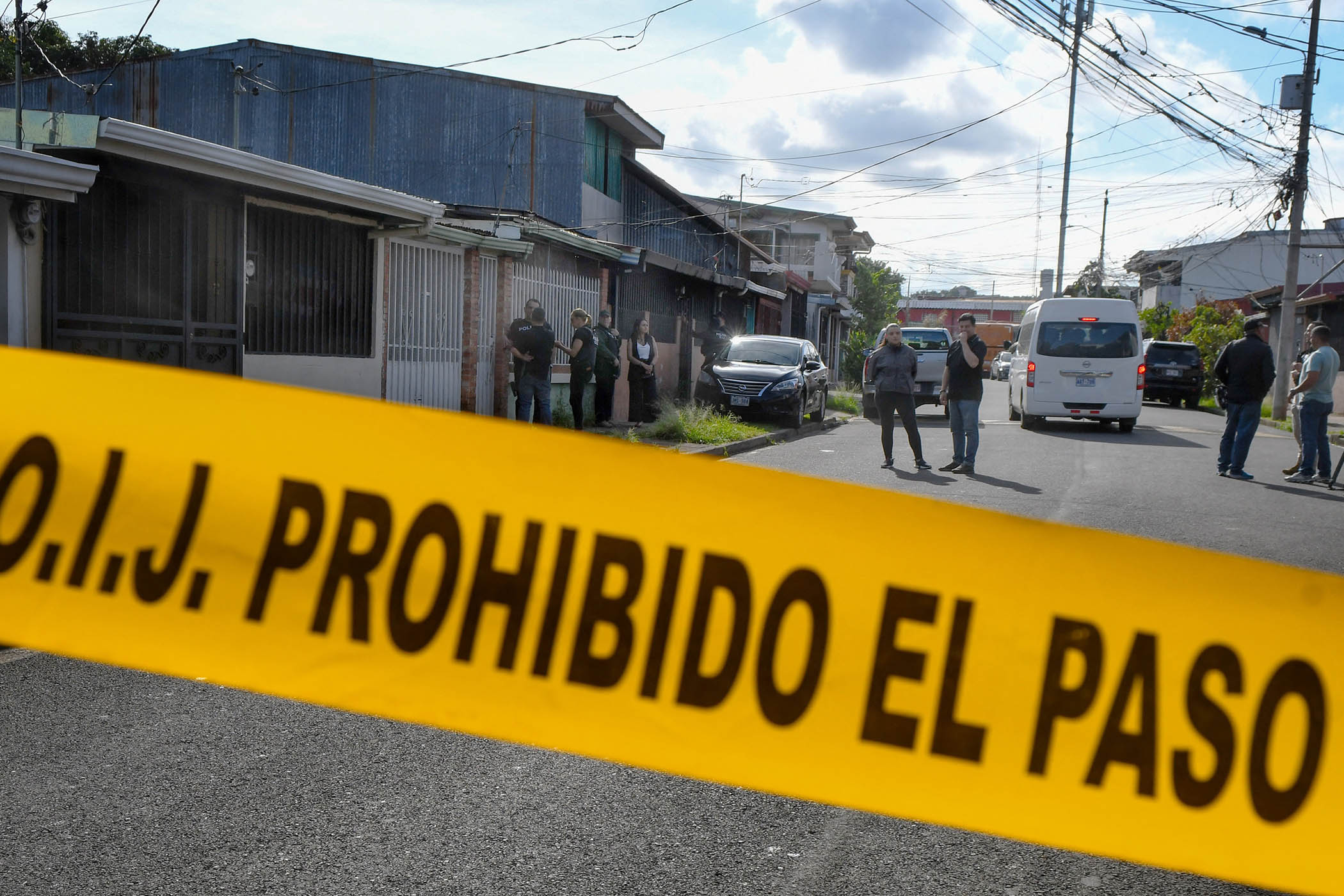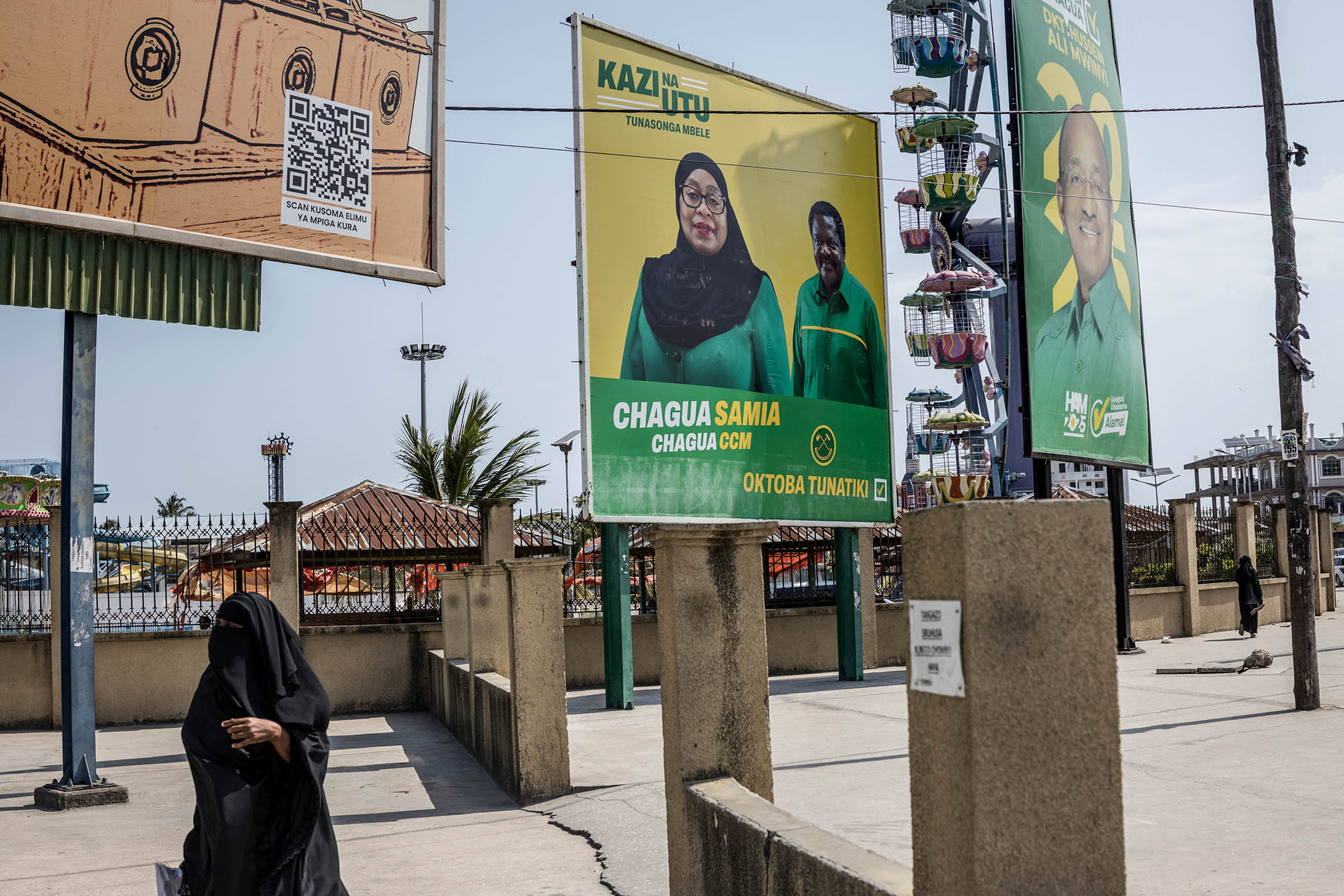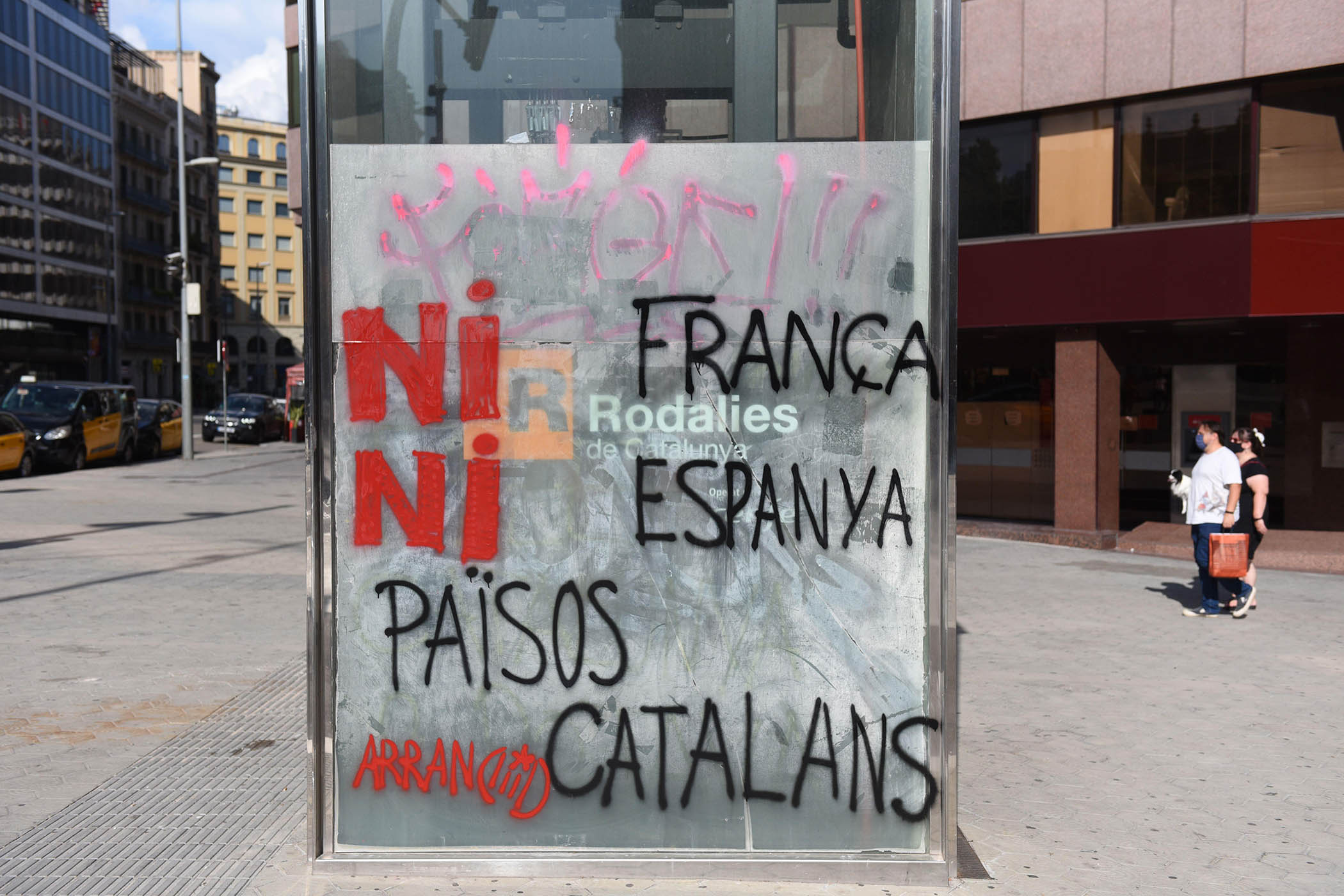
A city campaign to promote the use of Catalan sparks a debate over minority rights
In Barcelona’s Eixample neighbourhood, near where Antoni Gaudí was struck by a tram a century ago, gentrification has left its mark. The area is home to countless brunch spots and specialty coffee shops.
Stepping into one, customers are greeted in Spanish and handed a menu in English. Two women at a table are speaking French. But in this multilingual setting, one language is conspicuously absent.
“Catalan isn’t heard on the street as much any more,” says Roser Vergara. “A lot of people speak Spanish now. My children speak Catalan to me, but not with anybody else.”
Catalan (also called Valencian in the Valencian community) is one of Spain’s co-official languages, alongside Basque, Galician and Aranese. It’s the main language of instruction in schools and institutions in Catalonia, and a core part of Catalan identity that was banned during the 40-year Franco dictatorship.
Today, however, its future feels uncertain. Only a third of residents speak Catalan regularly – down from 46% in 2003 – and fewer than one in three now consider it their mother tongue. The trend is strongest among younger generations. Only a quarter of 15 to 34-year-olds speak Catalan regularly, compared with 43% in 2007.
Related articles:
In Barcelona, the issue is more pronounced. In a rapidly changing city, tourism, migration, and a growing population of English-speaking residents are reshaping urban life. More than 400,000 residents – one in four of the population – are foreigners, up from just 26,000 at the turn of the century. Spanish remains dominant, and English is becoming the lingua franca in some neighbourhoods.
“Catalan is losing ground in public spaces,” says Josep Maria Recasens, the public administration coordinator for Plataforma per la Llengua, an NGO that defends and promotes the Catalan language. “Although the number of Catalan speakers is increasing, newcomers are increasing so quickly that in absolute numbers, they far exceed those who acquire Catalan.”
In response to this decline, last year Barcelona’s city council announced a plan with 68 measures to promote the language, including inviting Catalan-speaking influencers into schools and promoting Catalan greetings in shops (by law, customers have the right to speak and be understood in the official language of their choice).
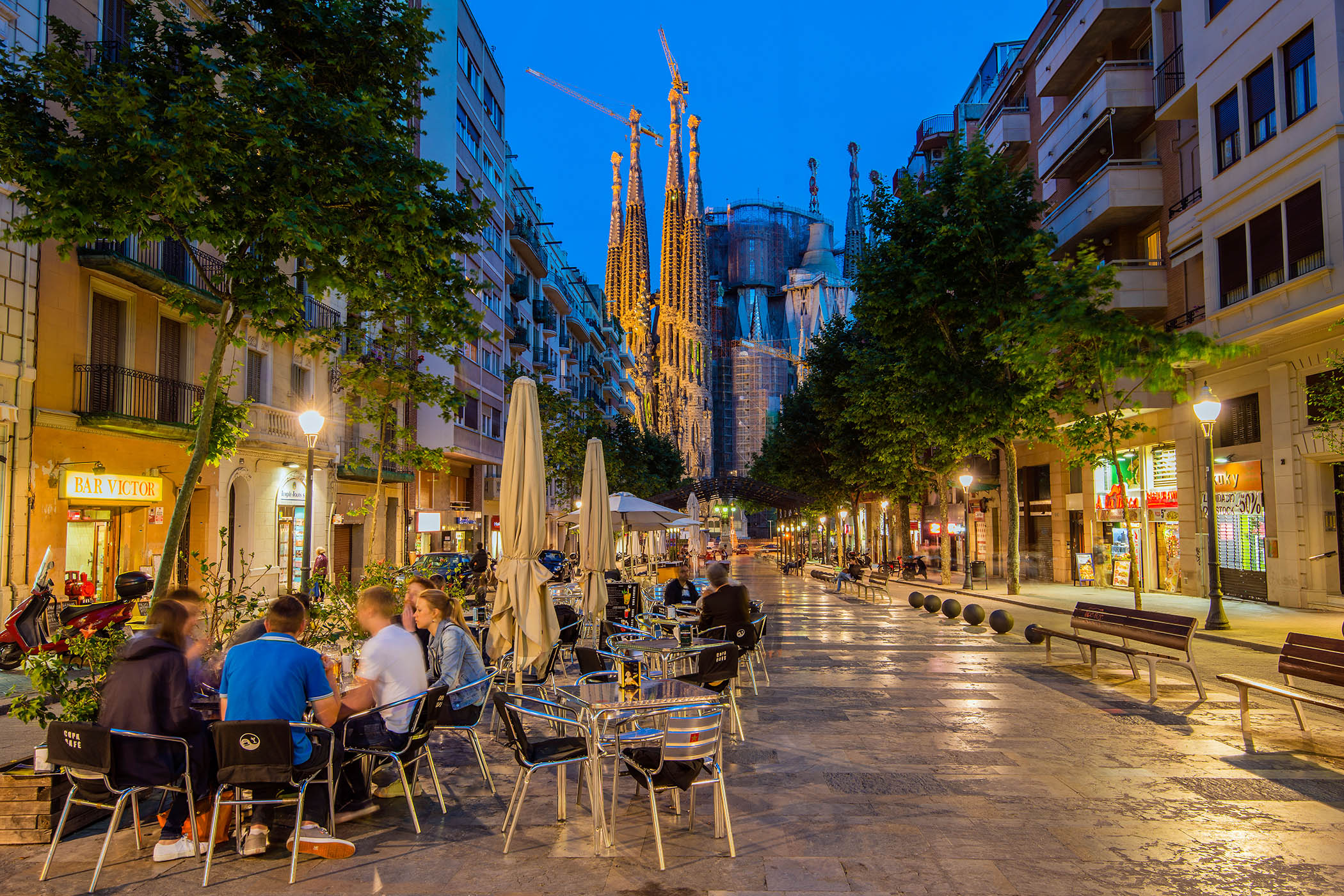
Avinguda de Gaudi, Barcelona.
“It is increasingly difficult to find a menu written in Catalan, although we can find it in Korean or Russian,” said city council member Elisenda Alamany, of the pro-independence ERC party, in a session unveiling the measures, wearing a T-shirt that read: “Less brunch and more vermouth!”
In July, Barcelona mayor Jaume Collboni appointed former journalist Marta Salicrú as the city’s first commissioner for the Catalan language, in charge of promoting social use of the language in the city.
“Given the dictatorship and [Catalan’s] coexistence with Spanish, administratively speaking and in terms of recognised rights, the situation of Catalan has never been better in recent years,” says Salicrú.
“Those who maintain Catalan in the social sphere are the people who lived under Franco and who had to fight for their right to speak it in public”
Marta Salicrú, Barcelona commissioner for the Catalan language
“But if we look at the data, those who maintain Catalan in the social sphere are the people who lived under Franco and who had to fight for their right to speak it in public.”
Not all Barcelona residents are comfortable with the Catalan campaign. Salicrú’s appointment came days after a theatre performance at Barcelona city hall laid bare the deepening tensions in the city around language, identity, and belonging. During an event intended to present the city’s latest discrimination data, Esas Latinas, a play performed by Latin American women, depicted scenes in which South American women were excluded, ignored, or denied jobs for not speaking Catalan. “Parla en català!” (Speak Catalan!) they shouted, imitating aggressive authorities. Catalan groups and politicians condemned the show as “Catalanophobic”, accusing the city of undermining Catalonia’s fragile linguistic heritage. Collboni issued an apology, stating the sketch “does not reflect the position of the city council”.
The linguistic debate has inevitably spread to social media with a clip of an Argentinian woman being interviewed on the street in Barcelona going viral. When asked if she avoided any parts of the city, she replied: “The more Catalan, the more I try to avoid it.” (The post has since been removed).
“Catalan speakers have the right to live in their mother tongue – it’s a human right,” says Salicrú. “When languages coexist in the same city, tensions arise between these rights. But Catalan is minoritised and therefore requires protection to survive and preserve linguistic diversity.”
The calls to protect the language are also a reflection of the changing nature of the independence movement, which reached its height in the late 2010s when a referendum was declared unconstitutional by the Spanish government and nine politicians were imprisoned. Earlier this month around 40,000 pro-independence demonstrators gathered in Barcelona and other cities for La Diada – Catalonia’s National Day – and to renew calls for independence. But numbers were at an all-time low.
Among Salicrú’s priorities is promoting the use of Catalan on platforms such as TikTok and Instagram, to reach a younger population, as well as promoting it in sports and leisure among children. She also acknowledges that in welcoming visitors and new residents, Barcelona may have failed to sufficiently highlight the language of Gaudí, Miró and Dalí. “If someone is interested in the city, they probably have an interest in its culture,” she said. “If they are surprised that the city has its own language, which is different from Spanish, then it’s a sign we are not explaining ourselves very well.”
Photograph by Jorge Sanz/SOPA Images/ZUMA Wire/Alamy Live News
